


This is the first entry in a new series of articles that you'll see on Nintendo Life in the coming weeks and months, as we aim to offer a beginner's introduction to a major franchise or release on a Nintendo system. We'll aim to provide a broad, high-level outline of what a particular series or game is all about, while providing links and details of high-quality resources where you can learn more. There's a huge amount of knowledge on the web that can enhance games for experienced campaigners or those diving in fresh, and we want to help you find it.
First up, we're going to introduce Monster Hunter 3 Ultimate, a high-profile Capcom title now available on Wii U and 3DS. There's been a lot of coverage for these titles on Nintendo Life, yet we still wrongly assume that everyone knows the basics about this series; that's certainly not the case. It's a perfect example of a game where knowledge is power, as knowing essentials can be the difference between progressing and enjoying the many epic battles on offer, or struggling and becoming frustrated. This isn't a full-on guide with comprehensive detail, but a starting point to help anyone start off their Monster Hunter quests on the right foot.
The Monster Hunter franchise is a series of action titles from Capcom, and as the title suggests your goal is to hunt a variety of large monsters in a fantasy setting. The main sequence of games began with Monster Hunter on PlayStation 2 in 2004. A total of 10 games — excluding spin-offs — are generally split into four "generations", with a pattern of a main numbered title then being iterated with expansions; three titles overall have been Japan-only releases. The series was exclusive to Sony systems until the third-generation was kick-started by Monster Hunter Tri — released worldwide — on Wii in 2009. Monster Hunter Portable 3rd was a Sony exclusive shortly after Tri, but the franchise has returned to Nintendo systems with Monster Hunter 3 Ultimate on Wii U and 3DS, released this year; this latest release will conclude the third generation of games in the series.
Of the 10 titles mentioned above, the last is yet to be released — Monster Hunter 4 arrives on 3DS in Japan this summer, yet to be confirmed for the West.
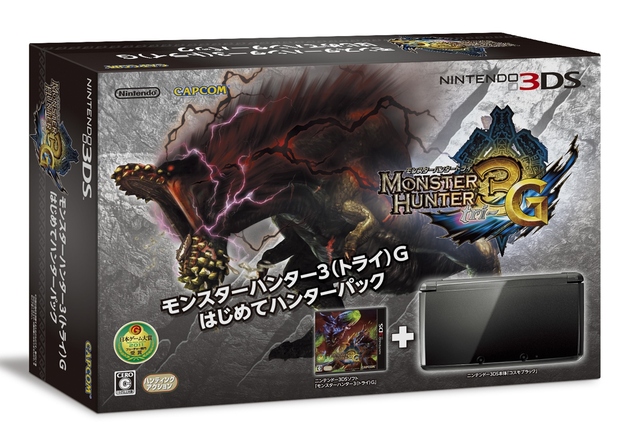
That depends where you live. The franchise is hugely popular in Japan, with Monster Hunter 3 G — which became the recently released Monster Hunter 3 Ultimate in the West — being credited by some as a major factor in the sales turnaround of the 3DS handheld in the region when the title arrived in December 2011. The handheld titles on Sony's PSP earned major sales in the region, so it was seen as a hugely important coup for Nintendo that not only has the third Monster Hunter generation been prominent on its systems (apart from Monster Hunter Portable 3rd on PSP), but the arrival of a new generation this summer exclusively for the 3DS is expected to be a huge hit in Japan.
In terms of the Western markets, Monster Hunter isn't popular to the same degree, though it does have a loyal and (arguably) growing base of enthusiasts. Monster Hunter Tri on Wii is estimated to have sold a little over two million units, yet around half of those sales are apparently in Japan alone. It's also worth noting that it's the handheld titles that sell the most in Japan, with a popular culture of local multiplayer sessions being a major part of the 3DS title's success, perhaps explaining why the core software of the 3DS game only has local — and not online — multiplayer.
Applying a genre definition to Monster Hunter isn't always easy. It's certainly an action game, with the main activity being to master one of a series of weapons and combat styles. There are adventure and RPG elements, though the adventure aspect typically revolves around a simplistic story that serves a purpose to help you progress to bigger, more challenging monsters. The RPG aspect is focused around upgrading your capabilities, though this isn't done with simple leveling up, but by purchasing and forging new weapons, armour and stat-boosting items such as decorations and charms.
In Monster Hunter 3 Ultimate, there are 11 weapon types to choose from: Great Sword, Sword & Shield, Hammer, Lance, Bowgun, Long Sword, Switch Axe, Gunlance, Dual Blades, Hunter Horn and Bow. We would classify these weapons in the following categories:
Close range, quick combat: These weapons are used for melee attacks, and are lighter and allow more free, quick movement even with the weapon drawn --
Sword & Shield
Long Sword
Dual Blades
Close range, powerful but slow combat: These melee weapons are slower to wield and limit movement more when drawn, but are typically more powerful --
Great Sword
Hammer
Lance
Switch Axe
Hunter Horn
Gunlance — This weapon includes a basic gunner ability alongside melee style attacks.
Ranged, long distance weapons: These "gunner" weapons can be augmented with special ammo that can be crafted or purchased, and require you to keep a distance and aim strategically. In Monster Hunter 3 Ultimate, Bowguns can be light (for better movement) or heavy (for greater power) --
Bowgun
Bow
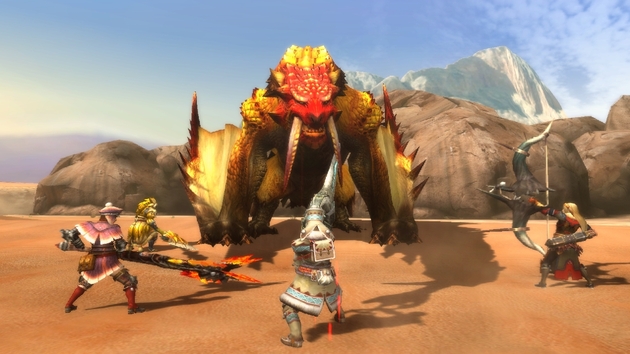
Monster Hunter 3 Ultimate gives you one of each type of weapon at the start of the game, so you can experiment with each and see which style suits you in the early missions, or by simply leaving the village hub to hunt in the Moga Woods. You should be able to figure out whether you like weapons focused on speed, power, or long-range gunner attacks.
Once you have a weapon of choice, you can explore the options to buy better options or, more likely, use gathered resources to forge new weapons or upgrade your existing choice.
It can depend on the circumstances. The options for weapons and armour that you buy brand new are fairly limited, and cost more than alternative options. If you choose to upgrade a weapon, this'll need more specific resources — often from a particular land and/or a certain monster — and costs less cash than getting a weapon from scratch; once you upgrade (and there can be multiple branching paths for a weapon's upgrade tree) there's no going back. Forging from scratch comes with a higher price tag and needs multiple resources, but means that you add that weapon to your inventory while keeping your previous item — this is ideal if you want to explore multiple types of weapons and their various branching upgrades.
Each weapon has its own strengths and in some cases elements; for example a sword may have an element such as lightning, fire or water, so if a monster is vulnerable to that specific element it'll increase the damage of each hit. Depending on your commitment to the game, you can produce a diverse range of weapons with different elements that are suitable for particular hunts and monsters.
It's also worth noting that some weapons and armour have "slots", in which you can place decorations. You can forge these decorations and then set them in that equipment to improve a variety of areas or your resistance to certain elements and attacks.
Armour works similarly, in that you start with a basic set and can buy basic alternatives, or forge more varied and powerful options from resources gathered from lands and specific monsters. There are key differences to remember, one of which is upgrading — rather than your armour changing with an upgrade, you simply boost its level with an Armour Sphere and a small cash payment (of which there are multiple types for boosting to higher levels) — you collect these spheres in quests and receive them as rewards. By doing this you can increase defence stats.
Like weapons, armour has specific strengths and weakness, depending on the material or monster carvings that are being used. For example you'd be ill-advised to tackle a monster underwater with low statistics for water, while a high dragon resistance will help protect you against those kind of creatures. In addition, if you have a matching set of armour (you cover five areas: head, chest, arms, waist and legs) the statistics will be boosted. It's also possible to mix and match armour of different types to cover different parts of your body, if you've been unable to complete a full set.
An additional point to mention is that you can also equip a "charm" to your hunter, which will further increase a key area or boost a defence against specific elements. You find and get awarded with these charms, so you'll eventually have a good collection.
In truth, it is complicated, as Monster Hunter is a series designed to engross you and occupy you for dozens (maybe hundreds) of hours. If you're game, however, it's all about patience, skill and grinding. You gain plenty of resources by gathering when out in various areas: you use bug nets to gather insects, pick-axes to gain ores and metals, while you can gather items such as herbs, seeds, bones and more besides by hand. Full details of each item is easily found in game, so you can learn what they all do and start to use them on quests.
Another important part of resources is using them to upgrade your village infrastructure: you can boost your farm to grow items, or complete Village Requests to improve the food on offer to eat before quests (meals boost your health, stamina and abilities for a single quest). After a short time you can use a fishing fleet to gather resources, build up "resource points" that are an alternative form of currency, while hunting creatures in the nearby Moga Woods at any time — not in campaign quests — can yield rare resources. As well as converting some resources into points, you can exchange goods with a visiting trader, the "Captain of the Argosy".
You'll also learn to combine items for improved results; combining ingredients can save you money from buying essentials, while various potions and power-ups can be produced that are vital for maintaining health, stamina and weapon sharpness in battles.
Remember - Never stop gathering an building resources, while some items can also be bought from the shop.
You also carve a lot of resources from the monsters that you hunt...
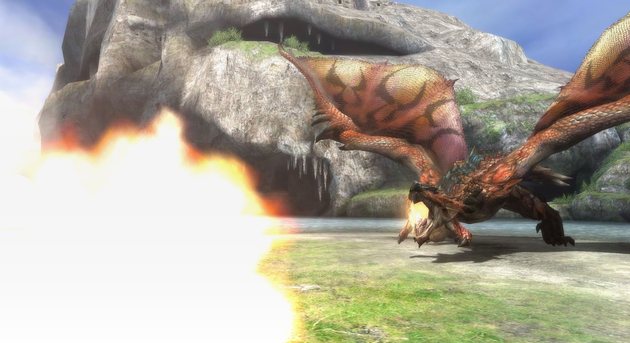
The most exciting part of Monster Hunter is, of course, hunting monsters. In the single player quest and the multiplayer/single player Port Tanzia area, you gradually work through quests to hunt bigger, more challenging creatures. There are various types, from flying dragons, to leviathans on land and sea, to bears, giant fish and more besides. With progress you'll encounter some truly challenging monsters that'll test your progress and how much you've learned about resources and preparation. You hunt monsters in two ways.
Quests from the Hunter's Guild — These are the main activity, progressing the story and improving your rank.
Free hunting in the Moga Woods — You can go into the Moga Woods at any time, though the monsters in the area are more limited and you receive no quest items to help you. You can see what monsters are in the woods on a given day in the Moga Forecast, given by the Village Chief's son.
Beyond the early, simple stages, you'll also learn that some monsters have particular threats — they may attack with ice, thunder, mud, poison or more — and that they're vulnerable to specific elements. You'll need to gather, buy and combine items that protect you from their special attacks and consider whether your armour is appropriate. Each monster also has a specific weakness — these can be discovered with practice or from online resources (links at the end of the article) — which you can exploit with weapons with the appropriate elemental strength, or in single player you can give your accompanying Shakalaka (small creatures that join you on quests) specific abilities and attacks to use. If you exploit a monster's weaknesses, they'll go down noticeably easier.
When you defeat a monster of any size you can carve resources from its remains in the same way as you gather other items; this applies to small, non-threatening creatures as well. When you kill a quest's target creature you have a short amount of time to carve from its remains before you're returned to the village, and you'll receive additional reward resources related to the hunt.
Some quests will also specify that you should capture a creature rather than kill it, in which case you wait until the monster is close to death, set a trap and hit it with tranquilizers. You can also choose to capture a monster in a standard hunt quest, which may reward you with rarer items.
This is one of the defining characteristics of the Monster Hunter series. You need to assess how badly hurt a monster is by its behaviours; if you've injured an animal it may start to drool or behave more erratically, while often there are visible signs of it weakening, such as cutting off body parts like tails. When monsters are close to death they typically limp — or swim with difficulty — to a new area. Sometimes they'll go to a new area (some by flying) and you'll discover them sleeping, another sign that they're close to death.
You have to learn how each creature behaves, and in time it'll be natural.
Yes, all of the multiplayer quests take place in Port Tanzia, which has a HR ranking system; you level up by completing the quests in each rank — these quests are separate from the single-player campaign, though you use the same equipment and resources. Any DLC you download (which we mention below) also appears in this area.
Monster Hunter 3 Ultimate on Wii U supports cross-system local multiplayer with those that have the 3DS version, while 3DS have that option to play with a home console owner or other handheld gamers in the same room. The Wii U title also has substantial online play that ties up with your Port Tanzia progress; 3DS owners can only play online by utilising an unused Wii U and a Wii/Wii U LAN adapter; online is not included with the core handheld software.

Its complicated nature shouldn't be a complaint, but it's a deliberate part of the franchise. With effort, skill and time it can be a rewarding, exciting experience, while the possibilities of new armour and weapon types are almost endless. It is best enjoyed with a dedicated approach, but with practice you'll come to understand its intricacies.
For one thing, the online multiplayer in Tri is being shutdown at the end of April, and as it's such a fun part of the game you'd be missing out.
In general it's really about content: Monster Hunter 3 Ultimate looks great in HD on Wii U and has nice 3D on 3DS, but it has a lot of extra quests and monsters to tackle. There are over 300 quests, and there'll also be free weekly DLC to enjoy in both versions, so it has a lot more to keep you busy.
Below are three key resources if you want to dive in with this series — the first is another basic guide, the second is an incredibly detailed site where you can find a huge amount of vital information, and the third is a great place to see full-on Monster Hunter discussions that interact directly with Capcom staff.
Nintendo's official introductory guide — http://www.nintendo.co.uk/Games/Wii-U/Monster-Hunter-3-Ultimate-702369.html
Expansive, detailed wiki — http://monsterhunter.wikia.com/wiki/Monster_Hunter_3_Ultimate
Capcom Unity Monster Hunter forums — http://www.capcom-unity.com/monster_hunter/go/forum/view/7451/129291/Monster_Hunter_Tri
Thanks for reading. If you have any queries or feel that there are any inaccuracies in this article, let us know in the comments below.

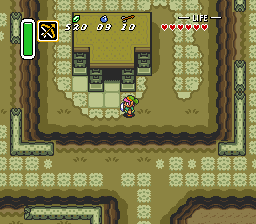
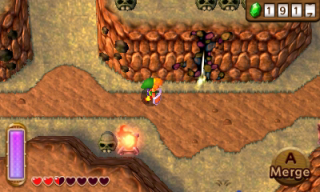
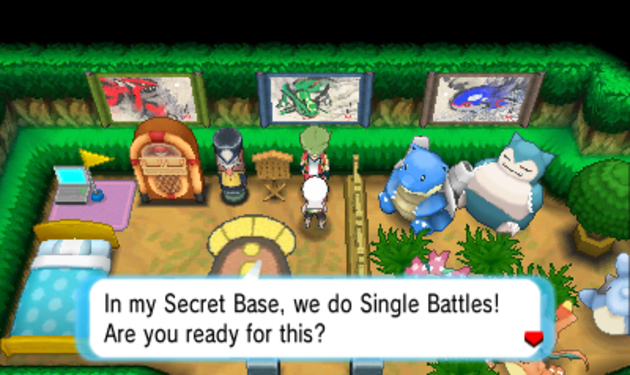
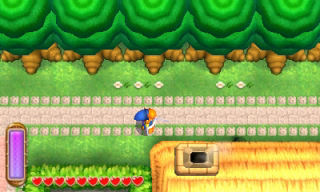 A Link Between Worlds Walkthrough – Skull Woods –
A Link Between Worlds Walkthrough – Skull Woods – 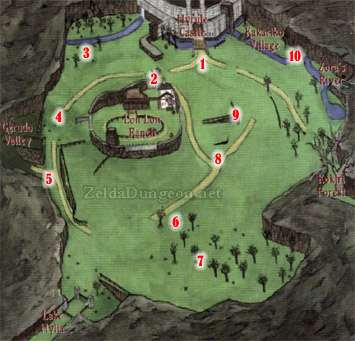 Ocarina of Time Walkthrough – Ice Cavern –
Ocarina of Time Walkthrough – Ice Cavern – 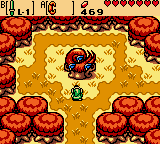 Oracle of Seasons Walkthrough – Dancing Dragon Dungeon – Zelda Dungeon
Oracle of Seasons Walkthrough – Dancing Dragon Dungeon – Zelda Dungeon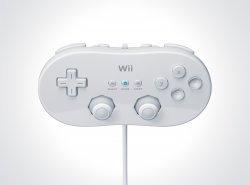 The Virtual Console
The Virtual Console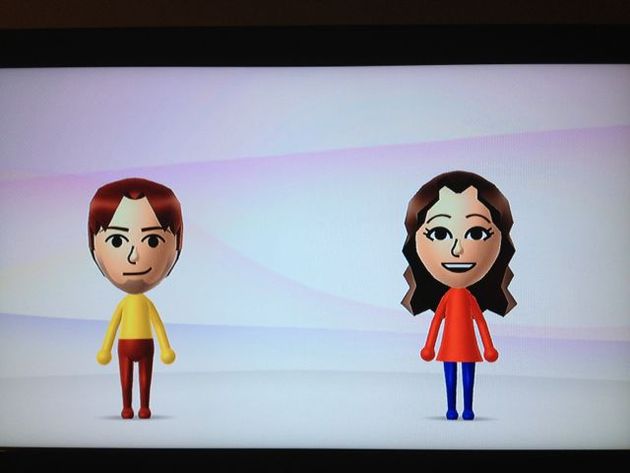 Guide: Transferring your Mii to the Wii U
Guide: Transferring your Mii to the Wii U